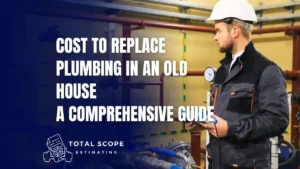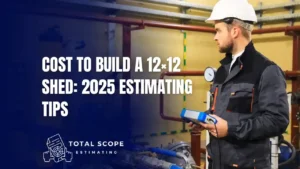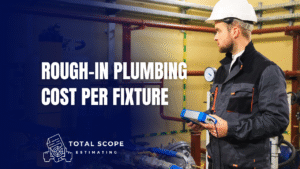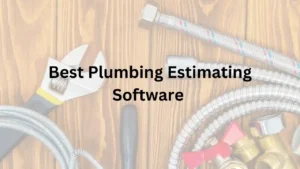Are you planning to start a new residential building project or a big corporate structure? Accurate plumbing estimates are crucial for the success of your construction project. They not only help you with effective budgeting and planning but also prevent you from experiencing unexpected costs during the construction process.
New construction plumbing costs vary from project to project. It can be commercial, residential or industrial. To calculate them accurately, you need to break down the project into various sections and steps. This article provides a step-by-step guide for this.
By delving deep into the essential components of new construction plumbing costs, we’ll provide you with the essential knowledge so you can make more informed decisions and streamline your project. This guide is perfect if you are new in construction or have a deep insight into the trending plumbing costs.
Quick Overview of Plumbing Cost Factors
Before diving into the details, here’s a quick look at the major considerations for estimating new construction plumbing costs:
| Category | Key Considerations | Tips |
|---|---|---|
| Planning | Analyze building designs & fixture counts | Ensure detailed blueprints for accuracy |
| Material Costs | Pipes, fittings, fixtures, quality options | Balance cost and durability |
| Labor Costs | Skilled vs. unskilled labor, project complexity | Consult multiple vendors for estimates |
| Regulations | Local plumbing codes & permits | Verify compliance to avoid legal issues |
| Hidden Expenses | Fees, inspections, contingency funds | Reserve 10–20% for unexpected costs |
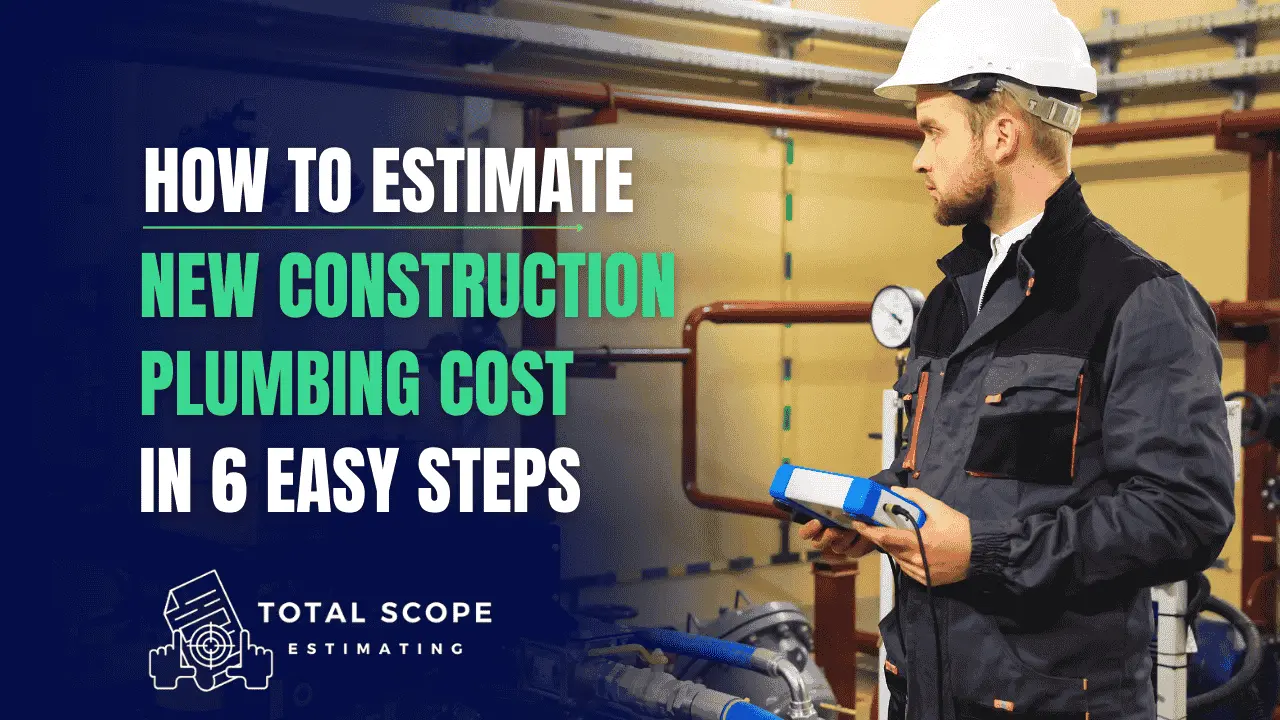
Understanding The Basics Of New Construction Plumbing Costs
Before delving deep into the budgeting for new construction, it’s pivotal to understand the significance and fundamentals of new construction plumbing costs. Plumbing systems are complicated networks including gas, water, drainage, and sewage pipelines. Each of these elements requires careful planning and installation.
Key Plumbing System Components
Water Supply System: Pipes and fittings are used to bring in fresh water.
Drainage System: It is responsible for eliminating waste water.
Ventilation System: It ensures that the drainage system works properly.
Gas Plumbing: This may include gas pipes for heating and cooking.
Step-By-Step Guide For New Construction Plumbing Costs
A step-by-step guide is crucial to begin the systematic process of new construction plumbing costs. Here is it:
Step 1- Detailed Plan Analysis
Before concluding any plumbing costs for your new construction, thoroughly examine the building drawings and project designs. Careful consideration of all factors is crucial before finalizing the cost estimates. Consider the number of plumbing fixtures, the complexity of the plumbing system in the building, and the customization of any plumbing installation. The more thoughtfully you investigate, the more precise the cost estimate will be.
Step 2- Material Costs & Quality
After you have a detailed plan analysis of the building project, the material cost calculation comes next. Calculating the material costs includes identifying the type and number of plumbing materials needed, such as pipes, fittings, fixtures, repairs of old pipes, and any other special equipment, and determining their final costs. This cost estimate can also be made using advanced software like R.S.Means.
However, the quality of the materials and equipment can also impact the costs. Selecting the right material is essential to ensure the durability and longevity of the plumbing system in the new construction project. Always choose top-notch materials and equipment while staying within your budget.
Step 3- Labor Costs
Labor costs are a crucial component of estimating new construction plumbing costs. It involves careful consideration of several expenses linked to labor and relies on various factors like the complexity of the project, the expertise needed, and the local area prices. Skilled and unskilled labor also differ in their person-hour costs.
Skilled labor may cost more for their professionalism and experience than unskilled labor. Their expertise adds to the durability and longevity of the construction project, thus improving the efficiency of new construction plumbing costs.
Step 4- Plumbing Codes & Regulations
Aligning with the plumbing codes and regulations is crucial for any project’s success. Failure to comply with the standard plumbing codes and regulations can result in extra expenses and legal issues with your construction project. For this reason, your plumbing costs must include necessary measures to fit the criteria of regional plumbing rules and regulations.
Step 5- Additional Costs
Your plumbing estimate doesn’t always contain the information on all the expenses. Other overhanging expenses further add to the plumbing costs of your new construction project. Don’t forget to count other additional expenses like fees, permits, licenses, rental costs, inspections, and other expenses for renovating the existing structure. These are occasionally ignored, but they play a vital role in the plumbing costs of your new construction project.
Step 6- Contingency Funds
Unanticipated expenses may arise in the construction process. Reserving a contingency budget in your plumbing estimates prevents overhanging expenses and helps you manage risk effectively. Always be sure to reserve 10-20% contingency funds for the total anticipated costs of your plumbing estimates. This offers a financial buffer to safeguard against unexpected expenses and streamlines the progress of your construction project.
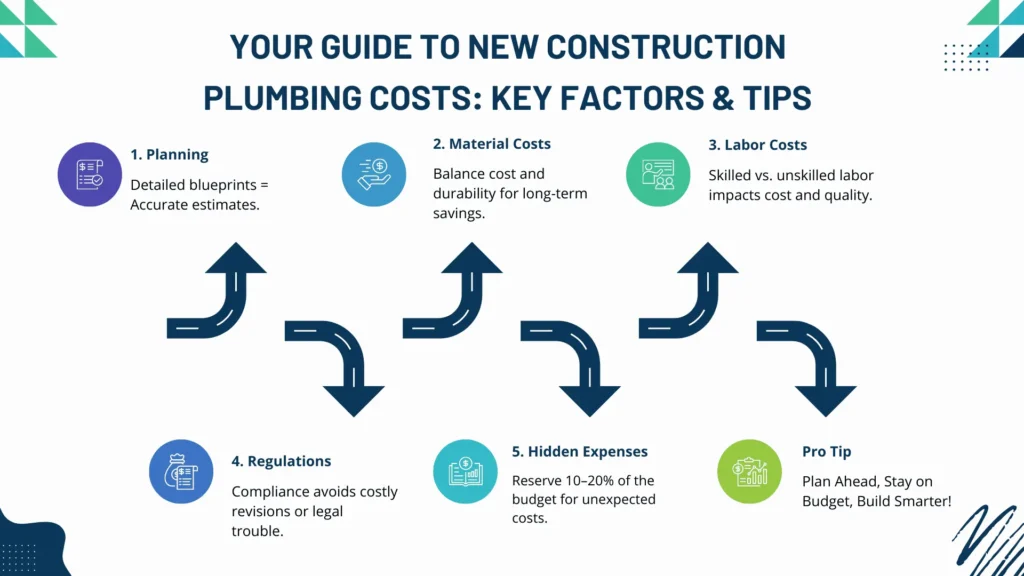
Factors Impacting Plumbing Costs in New Construction
New construction plumbing costs can vary widely based on many factors. A profound knowledge of these factors leads to enhanced budget management.
Project Size, Fixture Quantity, and Types
Two factors are crucial in calculating your plumbing estimates for a new construction project: the size of the building and the number of plumbing equipment and materials such as sinks, faucets, showers, and toilets. The bigger the project, the more plumbing it will require. The cost for each of these fixtures varies with each progressing number. The final costs rely on which type and quality of plumbing materials you prefer. It can change the whole appearance of your construction project.
Piping Materials
One important decision to make is to choose the kind and quality of piping material for the construction project. Two popular pipes are used in the construction market. One is the PEX pipes, which are made from a cross-linked type of polyethylene. They are flexible, easy to install, and economical. The other option is the copper pipes. They are a bit expensive, but they are known for their durability and great strength.
Both have advantages. PEX is easy to install and super-flexible, making it perfect for indoor installations. However, it is not recommended for outdoor use and heating systems. Although costly, copper pipes are tough to handle in outdoor conditions and weather. Additionally, they have features that stop bacteria from growing inside, so people prioritize them for their home settings.
Labor & Excavation
Two factors are crucial in deciding what amount you pay for the construction project in new construction plumbing costs. Let’s have a look at these factors:
Excavation: If you need to install underground pipes in your construction project, they need excavation. It relies on the type of soil on the site and the kind of utilities available there.
Labor: It depends on the required labor and local area prices. It’s recommended to consult multiple vendors for cost-effective plumbing estimates.
Additional Consideration In New Construction Plumbing Costs
Several things can change the cost of plumbing:
- Project Scope: Size, materials, access, fixtures, labor, and materials are key players.
- Fixture Quantity: More fixtures mean higher rough-in and finish plumbing costs.
- Access to Plumbing: Limited access translates to higher expenses.
- Labor and Material Costs: The market and location weave their magic here.
A Guideline To Plumbing Plan in Construction
Beginning on a new construction plumbing journey? Here’s your strategy:
- Identify Your Building Status: Is it a new or existing building?
- Plumbing System Familiarity: Go through the kinds of plumbing systems available.
- Seek Professional Consultation: Consult a plumber for the correct installation strategy.
Tips on Saving Plumbing Costs
While plumbing expenses can accumulate quickly, there are effective strategies to save money without sacrificing quality. Consider the following cost-saving approaches:
- Proactive Maintenance: Regular maintenance can help prevent emergencies and costly repairs down the line.
- Optimize Space: Ensure the installation area is easily accessible and well-lit for the plumbers.
- Evaluate Cost-Effective Materials: PEX piping is a cost-effective and reliable option for water lines.
Conclusion
Estimating new construction plumbing costs involves a thorough consideration of various factors, from fixture choices to piping materials and labor expenses. By understanding these components and seeking professional consultation, you’ll be better equipped to create an accurate budget for your project.
Investing in a well-designed and properly installed plumbing system can contribute to the long-term value and comfort of your new construction home.

